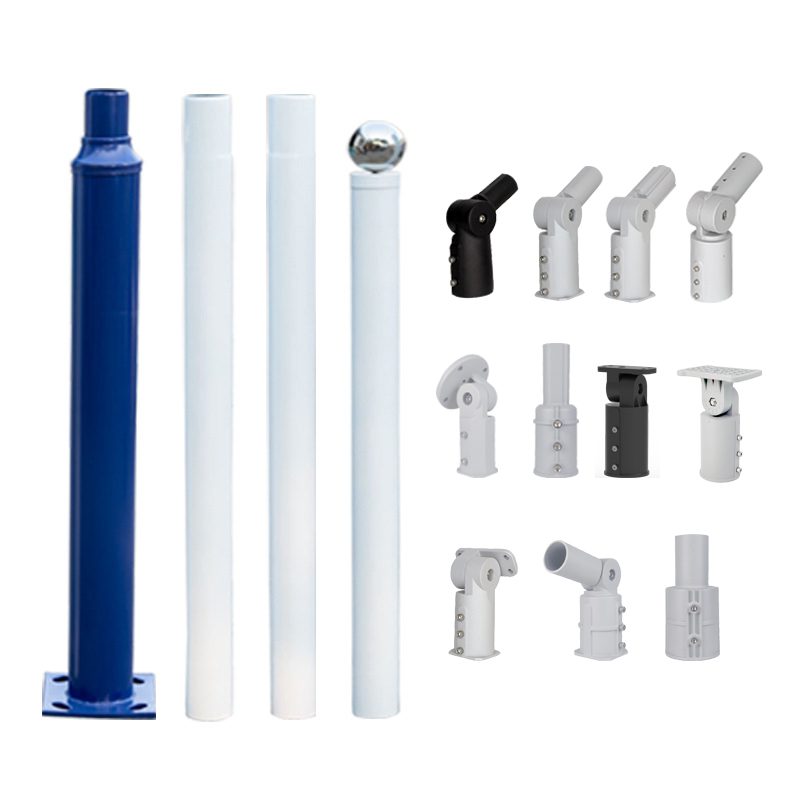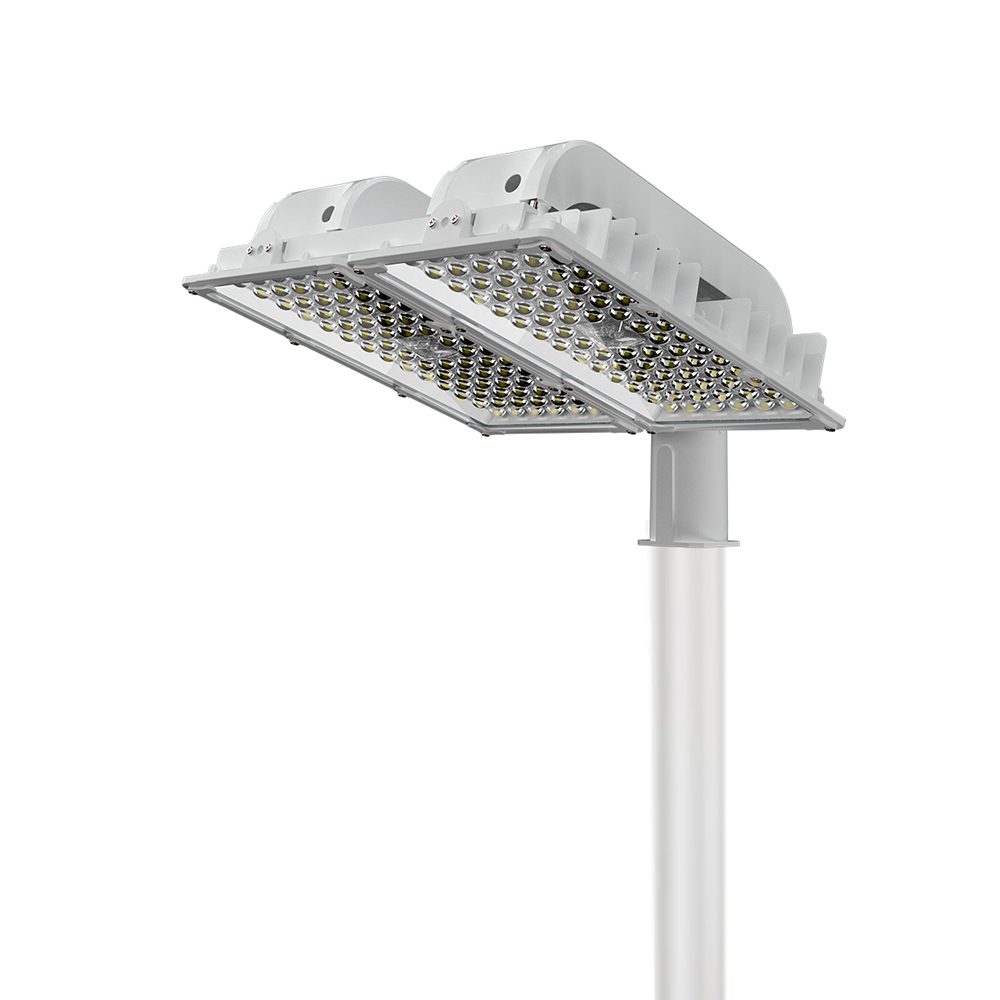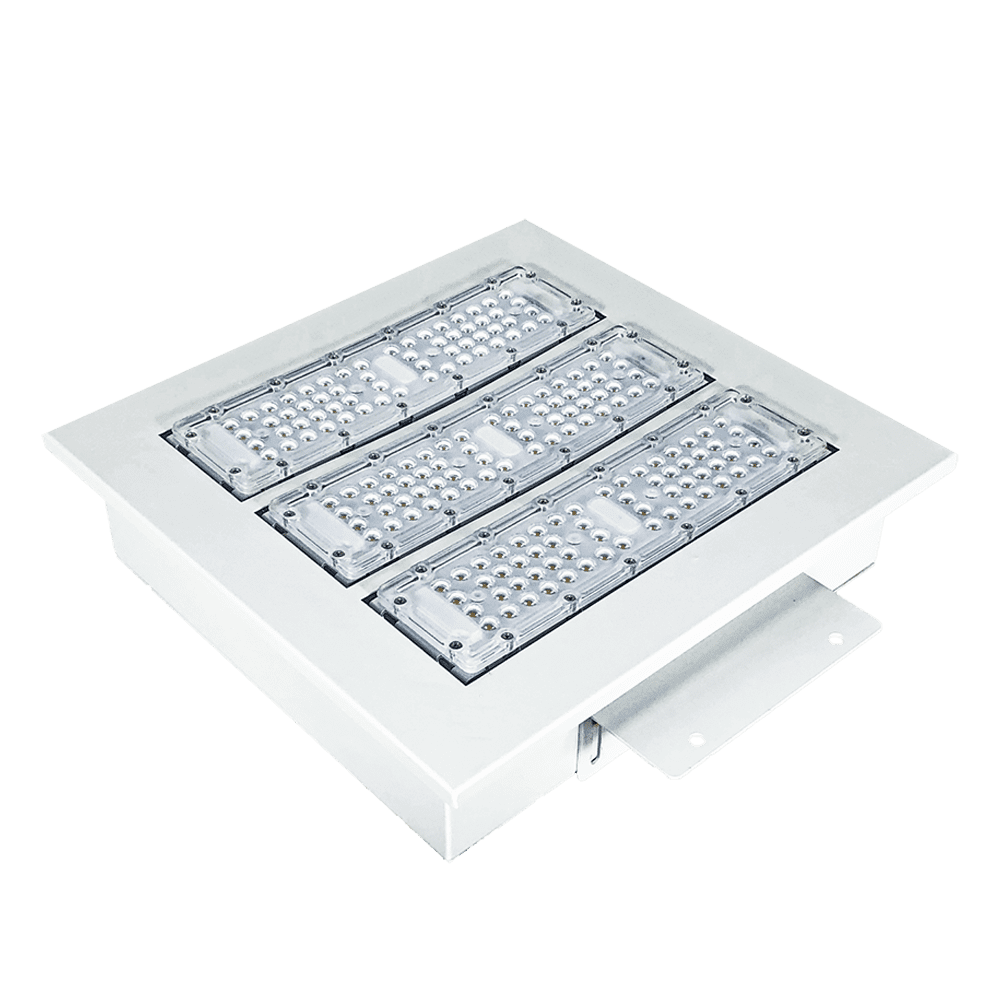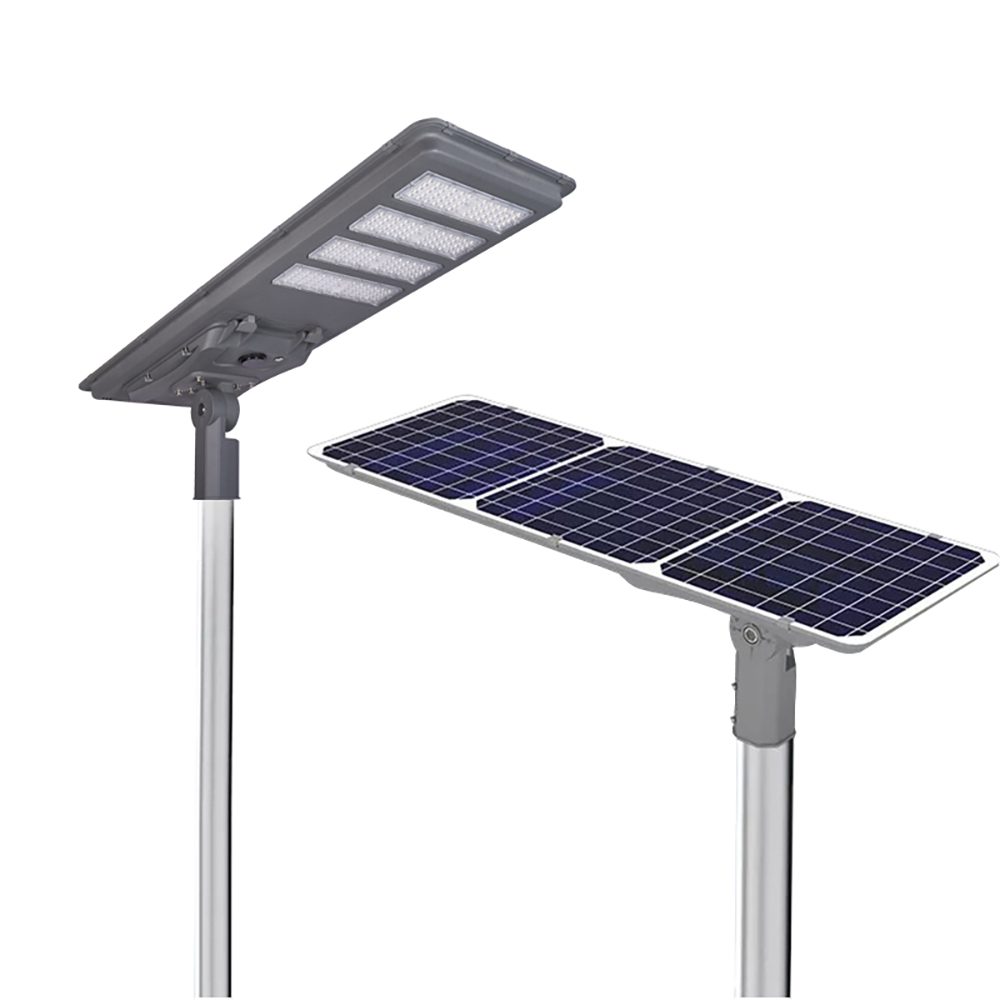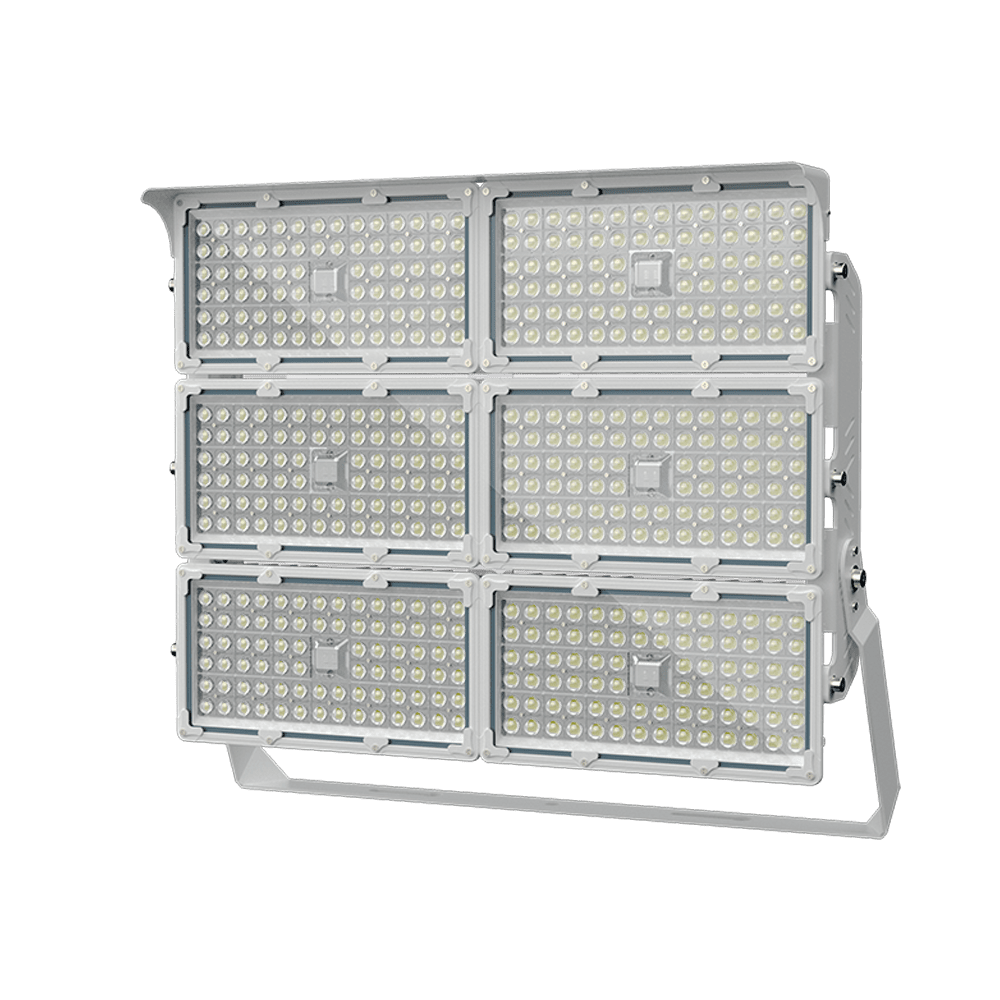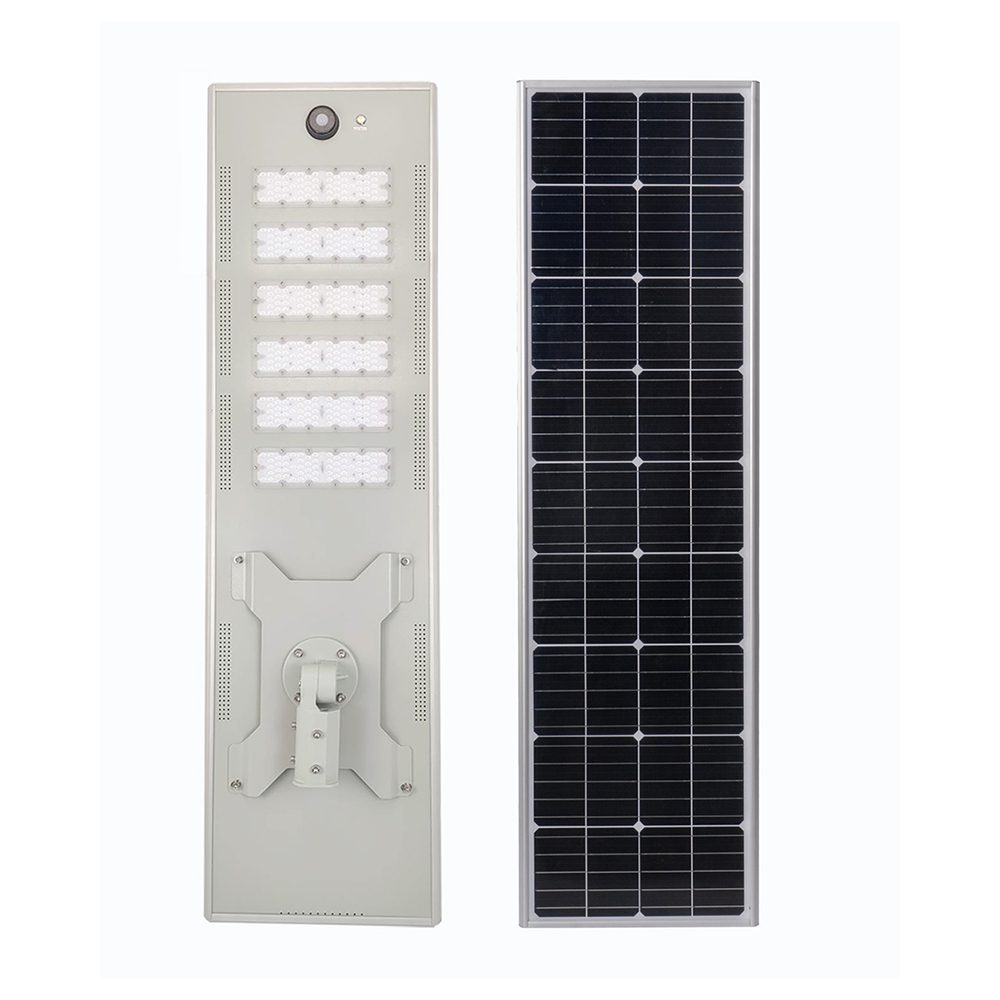As global interest in renewable energy continues to rise, the application of solar energy is becoming increasingly widespread. As a leading exporter of solar street lights in China, Shenzhen UNIKE Technology Co., Ltd. is committed to providing our customers with the highest quality products and services. In this regard, we aim to help our clients gain a deeper understanding of the two main types of solar panels—monocrystalline and polycrystalline—so they can make more informed choices.
Monocrystalline Solar Panels
Monocrystalline solar panels are widely favored for their exceptional performance. Their photovoltaic conversion efficiency typically ranges from 18% to 24%, significantly higher than that of other types of solar panels. This means that monocrystalline panels can generate more electricity in the same area, making them ideal for applications with limited space. Additionally, monocrystalline panels are aesthetically pleasing, usually appearing in a deep black color with a uniform design, catering to clients with higher architectural visual standards.
The durability of monocrystalline solar panels is also noteworthy, with a lifespan of up to 25 years and excellent performance in high temperatures and low light conditions. However, it is important to note that monocrystalline panels have a relatively high production cost, resulting in a higher price point.
Polycrystalline Solar Panels
In contrast, polycrystalline solar panels are more affordable due to their lower production costs, making them a budget-friendly option for many customers. Their photovoltaic conversion efficiency generally ranges from 15% to 18%. While not as efficient as monocrystalline panels, polycrystalline panels can still meet the basic energy needs in most applications.
Polycrystalline panels typically appear blue and feature distinctive crystalline particles on their surface, giving them a more varied appearance. In scenarios requiring large-scale installations, polycrystalline panels offer significant value by providing effective solutions for large-capacity power generation.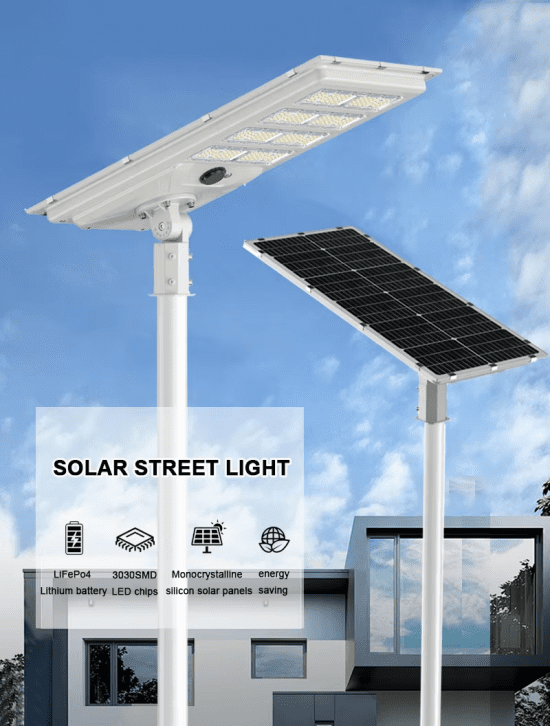
How to Choose?
When selecting between monocrystalline and polycrystalline solar panels, customers should consider several factors comprehensively. First, budget is a crucial aspect. For those with limited financial resources, polycrystalline panels may be the better option. Second, installation space is also a key consideration. If space is constrained, monocrystalline panels, with their higher efficiency, can provide more power in a smaller area.
Additionally, the operating environment is important. In regions with high temperatures or frequent rain, monocrystalline panels typically perform better and can better withstand adverse weather conditions. For projects that require high aesthetic standards, monocrystalline panels are undoubtedly the ideal choice.
Conclusion
Both monocrystalline and polycrystalline solar panels have their own advantages and disadvantages. If you have any questions about our products or services, please feel free to contact us.

